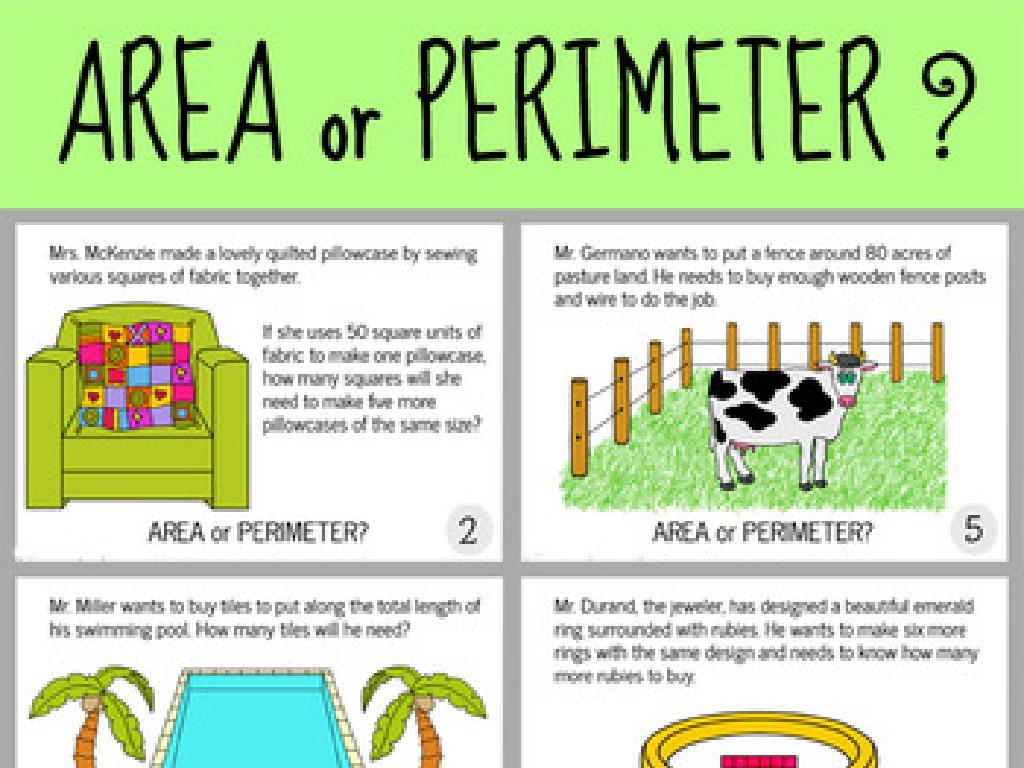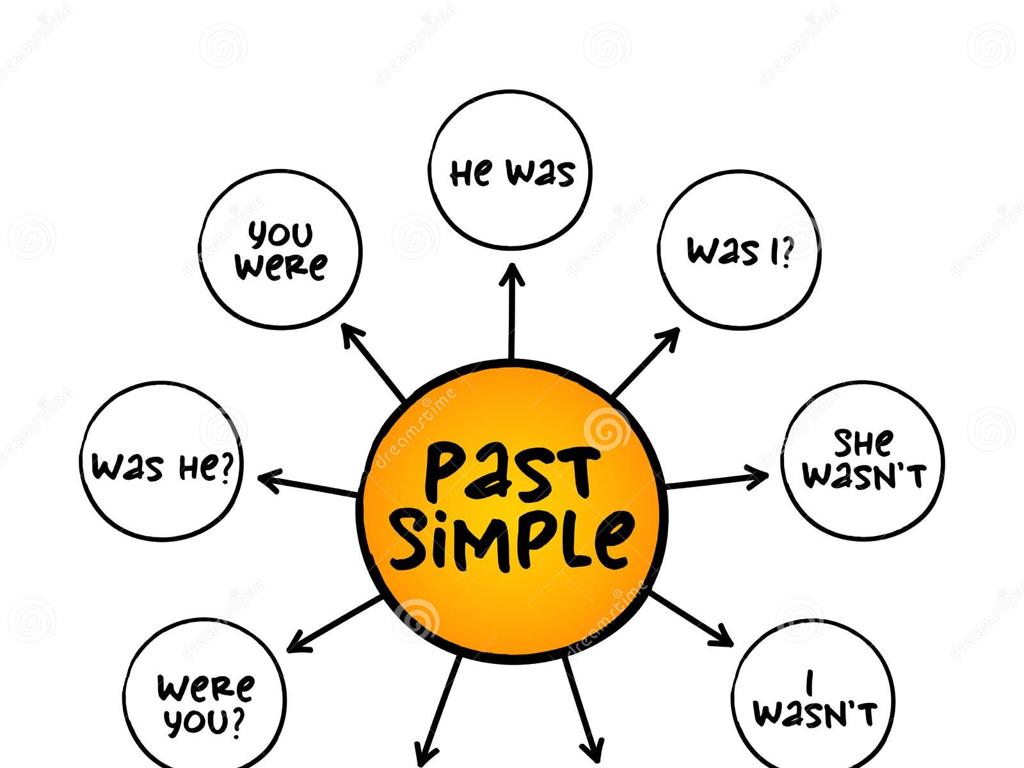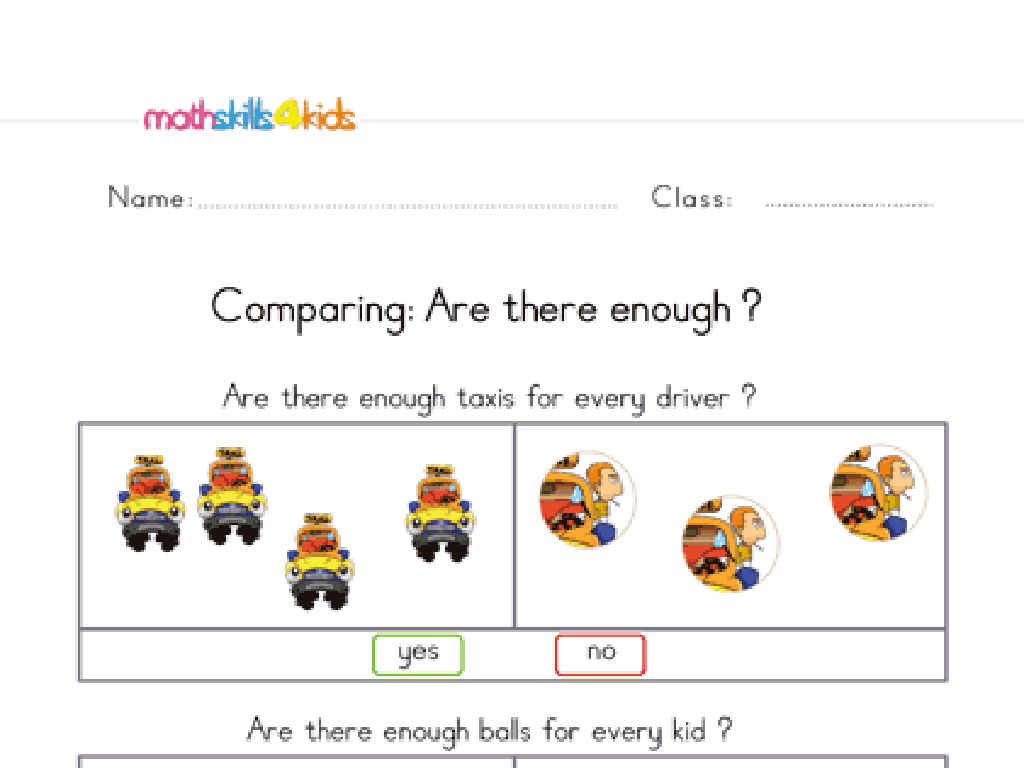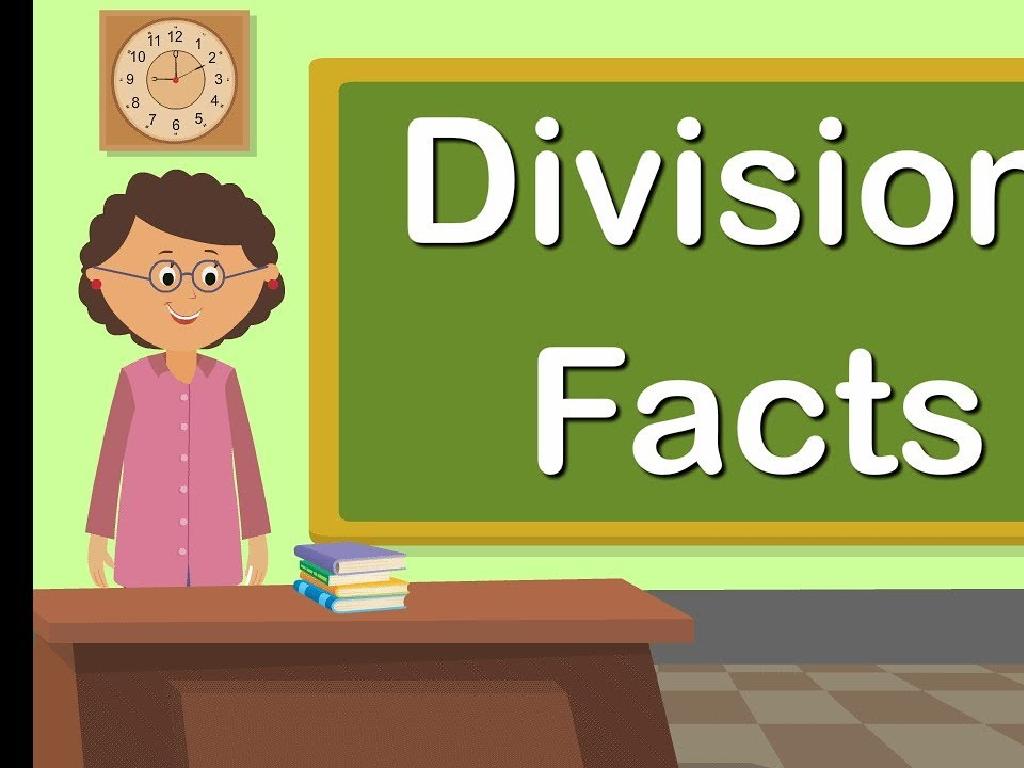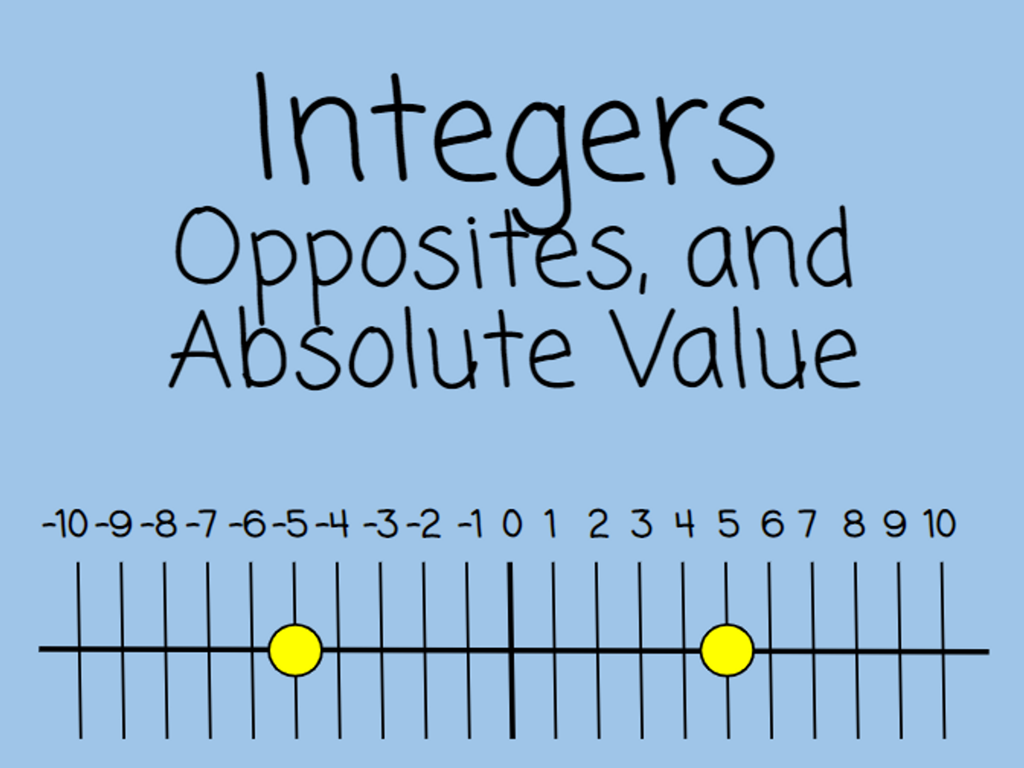Read Sight Words Set 9: Came, Going, Say, Too, With
Subject: Language arts
Grade: First grade
Topic: Sight Words
Please LOG IN to download the presentation. Access is available to registered users only.
View More Content
Welcome to Sight Words!
– Sight words are common words
– They help us read smoothly
– Today’s words: came, going, say, too, with
– Examples: ‘She came to my house.’ ‘Are you going to the park?’
– Practice makes perfect
– We’ll practice these words through fun activities
|
This slide introduces the concept of sight words to first graders, emphasizing their importance in achieving reading fluency. Sight words are frequently encountered in text and can often be difficult to sound out, making them essential for students to recognize on sight. Today’s focus is on the words ‘came,’ ‘going,’ ‘say,’ ‘too,’ and ‘with.’ Use engaging activities such as word bingo, flashcards, and sentence creation to reinforce these words. Encourage students to spot these words in their favorite books or during read-aloud sessions. The goal is for students to be able to recognize and read these words instantly, without needing to decode them letter by letter.
Exploring Sight Words Set 9
– What are sight words?
– Common words found often in texts
– Sight words in our books
– Words like ‘came’, ‘going’, ‘say’, ‘too’, ‘with’
– Why memorize sight words?
– They can be tricky to sound out
– Reading with sight words
– Helps us read smoothly without pausing
|
This slide introduces the concept of sight words to first graders, emphasizing their importance in reading fluency. Sight words are common words that appear frequently in texts and may not follow phonetic rules, making them challenging for early readers to decode. By memorizing sight words, students can recognize them instantly, which aids in reading without interruption. Highlight the sight words ‘came’, ‘going’, ‘say’, ‘too’, and ‘with’ from set 9, and encourage students to spot these words in their favorite stories. Practice reading sentences that include these words to demonstrate how knowing them helps avoid pausing, which is crucial for developing a smooth reading style.
Sight Word Practice: ‘came’
– ‘came’ means to come from somewhere
– Example: ‘She came to my house’
– Use in context of arriving at a place
– Practice saying it: ‘came’
– Repeat together to learn pronunciation
– Let’s use ‘came’ in our sentences
– Create your own sentence with ‘came’
|
The focus of this slide is the sight word ‘came.’ Begin by explaining the meaning of ‘came’ as past tense of ‘come,’ indicating movement from one place to another. Use the example sentence to illustrate its use in context. Engage the class by having them repeat the word ‘came’ after you to practice pronunciation. Then, encourage students to think of their own sentences using ‘came’ to reinforce their understanding. This activity will help students recognize and use the word ‘came’ in both reading and writing.
Sight Word: ‘going’
– ‘going’ means to move or travel
– It’s used when someone is moving from one place to another.
– Example: ‘We are going to the zoo!’
– This shows how ‘going’ is used to talk about visiting a place.
– Let’s all say it: ‘going!’
– Practice saying the word together to remember it.
|
The focus of this slide is the sight word ‘going.’ Begin by explaining the meaning of ‘going’ as it relates to movement or travel from one place to another. Use a simple and relatable example sentence to illustrate the word in context, such as a trip to the zoo, which is a common experience for many first graders. Encourage the students to repeat the word ‘going’ after you to practice pronunciation and reinforce memorization. Leave space for interaction and ensure that students feel comfortable with the word before moving on. The repetition and example will help solidify the word in their minds.
Sight Word Practice: ‘say’
– ‘say’ means to speak words
– Example: ‘Can you say your name?’
– Use ‘say’ when talking about speaking
– Practice together: ‘say!’
– We’ll say ‘say’ together to remember it
|
The focus of this slide is the sight word ‘say’. Begin by explaining that ‘say’ is a word we use when we’re talking about speaking words out loud. Give the example ‘Can you say your name?’ to illustrate its use in a question. Practice the word together as a class to reinforce pronunciation and recognition. Encourage the students to come up with their own sentences using ‘say’. This interactive approach helps students to remember the word and its context. Make sure to praise their efforts to build confidence.
Learning Sight Words: ‘too’
– ‘too’ means also or as well
– Use ‘too’ when you’re adding something extra
– Example: I like ice cream, and I like cake too!
– It shows you agree or feel the same way
– Practice saying: ‘too’
– Repeat after me to learn the word
|
The word ‘too’ is an important sight word for first graders as it helps them understand the concept of addition in language, not just in math. It’s used to add ideas or agree with someone. When teaching ‘too’, emphasize its spelling and pronunciation. Use examples that are relatable to the students, such as liking different foods or enjoying activities, to illustrate the use of ‘too’. Have the class practice saying the word in unison and then individually. Encourage them to come up with their own sentences using ‘too’ to ensure they grasp the concept. This interactive approach will help solidify their understanding and recall of the word.
Sight Word: ‘with’
– ‘with’ means together or having
– Example: Walking with a friend
– ‘I walk to school with my best friend.’
– Practice saying: ‘with’
– Repeat the word ‘with’ to remember it
– Let’s use ‘with’ in our sentences
– Try making a sentence using ‘with’
|
The word ‘with’ is a common sight word that indicates togetherness or possession. Use the example provided to show students how ‘with’ is used in a sentence. Have the class repeat the word ‘with’ several times to improve memorization. Encourage students to come up with their own sentences using ‘with’ and share them with the class. This will help them understand the context in which ‘with’ can be used and how it connects people, objects, or ideas.
Let’s Practice Reading Sight Words!
– Sight words in a sentence
– ‘came’, ‘going’, ‘say’, ‘too’, ‘with’ in one sentence
– Teacher reads first
– Students read together
– Sentence: I am going to the park with my dog too!
– Focus on ‘going’, ‘with’, ‘too’ in our example
|
This slide is designed to help students practice the sight words set 9 in context. Start by explaining that sight words are common words we see often while reading. Display the sentence prominently and read it aloud first, pointing to each word as you say it. This models pronunciation and helps students visually track the words. Then, invite the students to read the sentence with you, encouraging them to recognize and pronounce the sight words they’ve learned. Emphasize the words ‘going’, ‘with’, and ‘too’ as they appear in the sentence. After reading together, ask the students to identify the sight words in the sentence. This reinforces their ability to recognize these words in the context of reading.
Fun Sight Word Game
– Play a game to remember words
– Match words with pictures
– Find the picture that shows ‘came’, ‘going’, ‘say’, ‘too’, ‘with’
– Get ready to start
– Say the words out loud
– Practice pronunciation as we play
|
This slide introduces a fun and interactive game to help first graders remember and practice sight words. The game involves matching sight words from set 9 (‘came’, ‘going’, ‘say’, ‘too’, ‘with’) with corresponding pictures that illustrate their meanings. Prepare a set of pictures that can be associated with each sight word. For example, ‘came’ could be matched with a picture of someone arriving, ‘going’ with someone leaving, ‘say’ with a person talking, ‘too’ with an image depicting excess, and ‘with’ showing companionship or inclusion. Encourage the students to say the words out loud as they make a match to reinforce pronunciation and recognition. This activity can be done individually or in small groups. Have additional activities ready for early finishers, such as drawing their own pictures to represent the sight words or using the words in sentences.
Class Activity: Sight Word Bingo
– Play Bingo with sight words
– Listen and cover the word
– Use your ears and be quick to find ‘came’, ‘going’, ‘say’, ‘too’, ‘with’
– Shout ‘Bingo!’ when all covered
– Winner celebrates with the class
|
This interactive activity is designed to help first graders recognize and remember sight words set 9: ‘came’, ‘going’, ‘say’, ‘too’, ‘with’. Prepare Bingo cards with these words and others from previous sets. Explain the rules clearly, emphasizing the importance of listening carefully. As you call out words, students will cover them on their cards. The first student to cover all their words should shout ‘Bingo!’ and the class can celebrate together. This game encourages active participation and reinforces word recognition. Possible variations include having students use the words in sentences or swapping cards after each round to ensure all students stay engaged.

